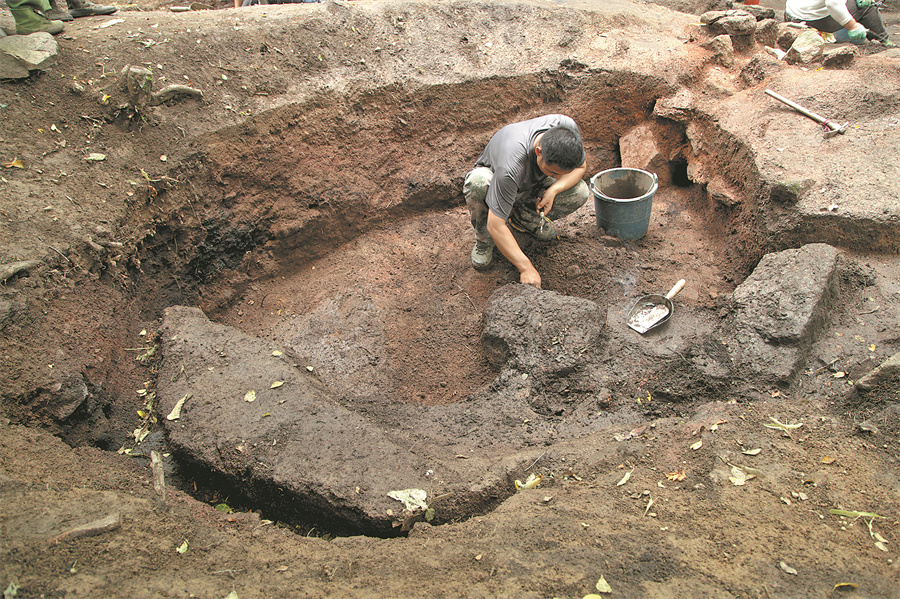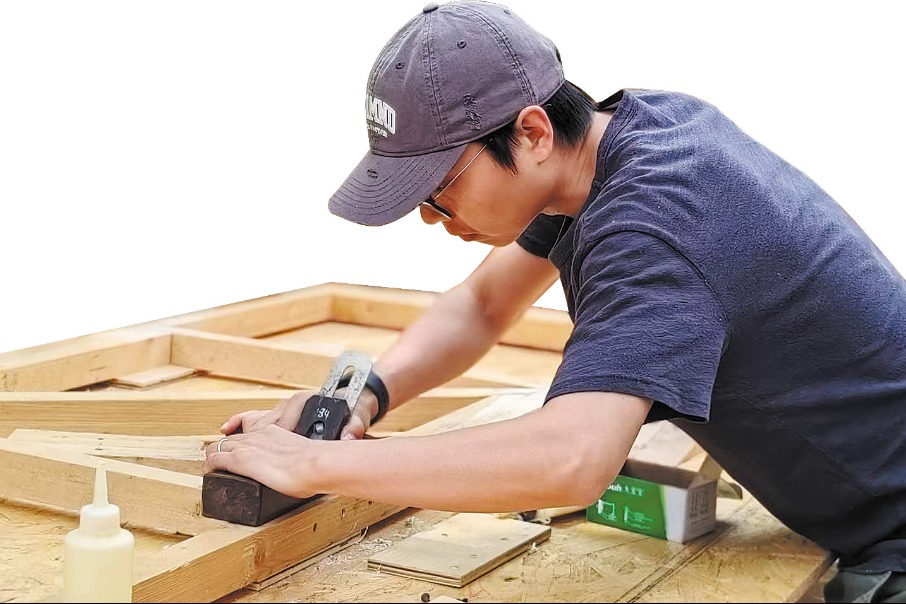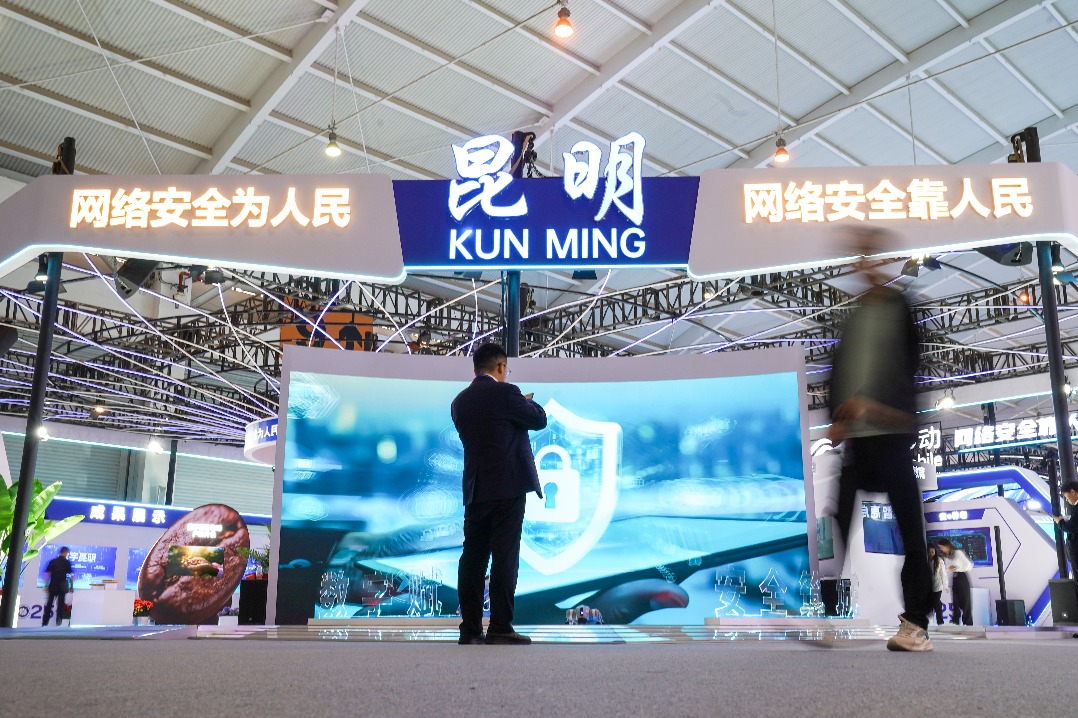Digging for true war stories


Experts study resistance army relics, putting together a historic puzzle of hardship, bravery, and perseverance, report Wang Ru in Beijing and Liu Mingtai in Changchun, Jilin.
As he carries out research at the Hongshilazi site in Panshi, Jilin province, archaeologist Meng Qingxu often imagines such scenes: during the Chinese People's War of Resistance Against Japanese Aggression (1931-45), also the World Anti-Fascist War, under the oppressive rule of Japanese invaders, the entire Northeast China was shrouded in darkness. Yet, like fireflies, resistance fighters from various directions flocked to this area, gradually illuminating the land with their strength.
Later, under the encirclement and suppression of Japanese forces and the establishment of the "Manchukuo" puppet regime in Heilongjiang, Jilin, and Liaoning provinces, and part of the Inner Mongolia autonomous region, these small points of light were extinguished one by one. Yet, even the faintest remaining sparks had the potential to ignite a great fire, ultimately leading to victory, he says.
These scenes describe how the Northeast United Resistance Army played a significant role in the war.
On Sept 18, 1931, Japanese invaders plotted an explosion on a railway section owned by a Japanese company near Shenyang, Liaoning, to falsely accuse Chinese troops of sabotage, marking the beginning of the war. Later, they occupied Northeast China and established the "Manchukuo" puppet regime.
























